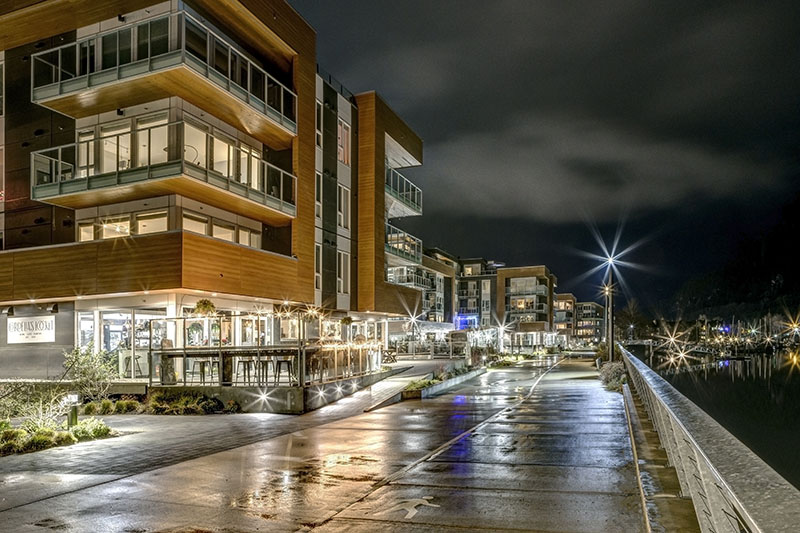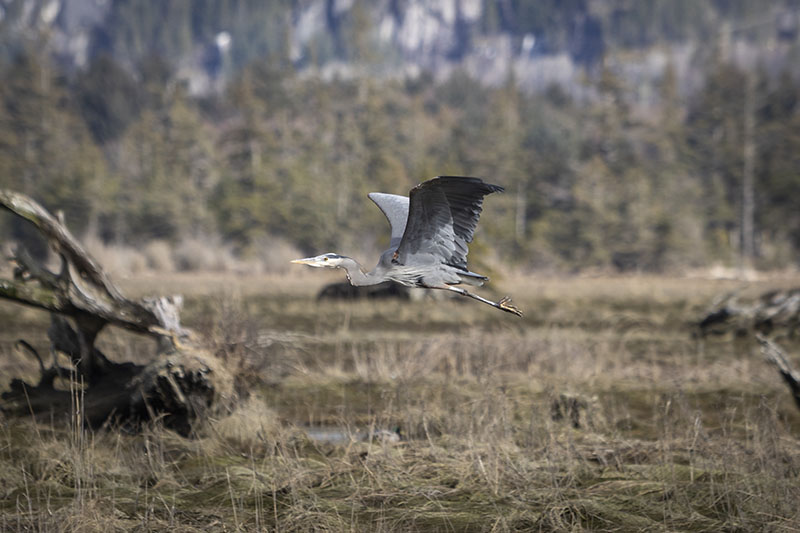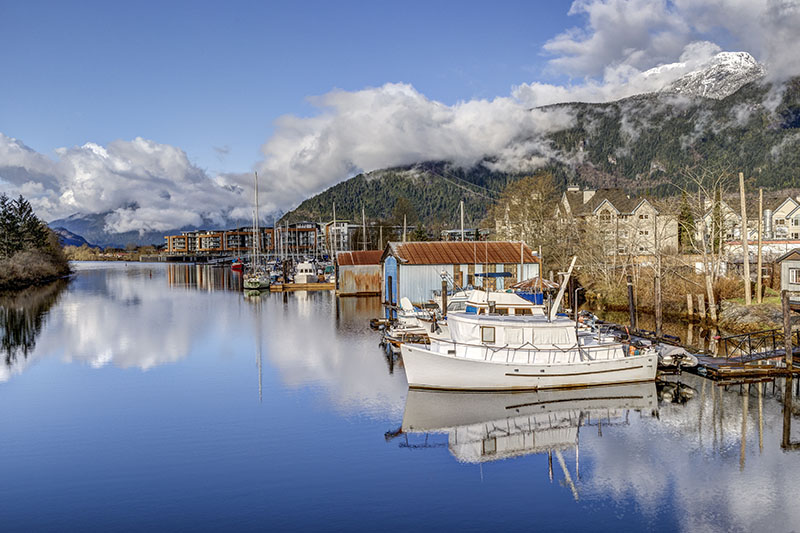Squamish
A Mecca for Outdoor Adventure
By David Burke / Images By Joern Rohde
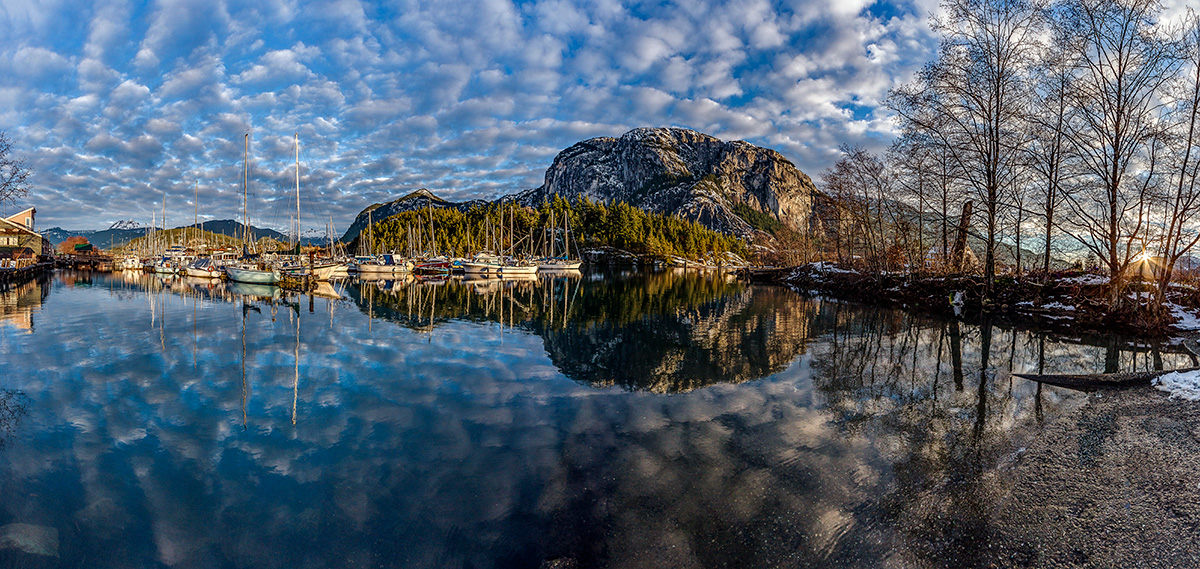
For thousands of years before Europeans’ arrival, the Squamish (Skwxwú7mesh in the local language) considered the head of what’s now known as Howe Sound a special place. After immigrants settled the area in the late 1800s, it became the hub of activity because of its abundant natural resources; more recently, lovers of mountain biking, hiking, wind sports, and other outdoor pursuits descended on Squamish to pursue their passions.
One look around at the natural surroundings of the town of 20,000, and it’s easy to see why. The Stawamus Chief, a granite monolith long considered sacred by the Squamish people; the picture-perfect peak of Mount Garibaldi (Nch’kay to the Squamish) to the north; and the northern end of the Howe Sound fjord — all these and more are at the town’s doorstep, beckoning locals and visitors alike to get out and explore.
In the 1980s, Squamish’s recognition as a place to engage in outdoor pursuits grew. That’s when the community adopted “Outdoor Recreation Capital of Canada” as a promotional slogan. As the forest industry — the community’s main economic driver from the late 19th century until the early 2000s — declined, the number of people coming to Squamish to enjoy its wide variety of outdoor recreation opportunities has increased dramatically.
Squamish’s historic downtown has, in the past few years, expanded both in terms of population (with lots of new residential developments) and offerings.
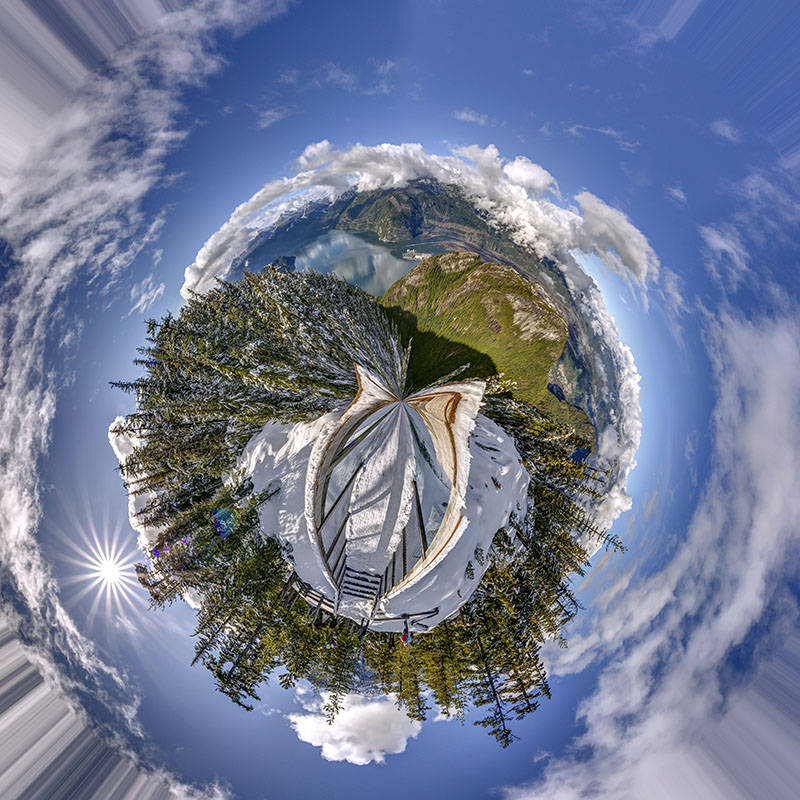
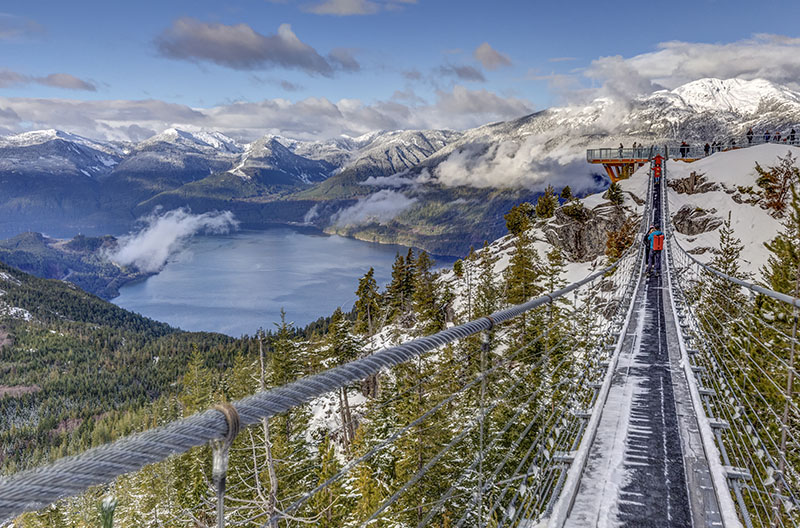
The new, broad walkway along the Mamquam Blind Channel includes intriguing new shops and dining options.
In 2021, the United Nations Educational, Scientific and Cultural Organization (UNESCO) designated Howe Sound as Canada’s 19th Biosphere Region to recognize Squamish’s unique surroundings. Known to the Skwxwú7mesh people as Átl’ka7tsem, the fjord’s “rich Indigenous culture, biodiversity and distinct geography” led to the designation, according to UNESCO. The distinction does not restrict development but does serve as a starting point for discussions about ensuring that activities in the region are sustainable.
The story is compelling to many: After decades of environmental decline brought about by industrial development, the government, First Nations, and non-Aboriginal residents came together to work toward ecosystem restoration. As a result of those efforts, the health of Howe Sound and the river systems that feed into it has improved to the point where traditional salmon runs are being restored; in recent years whales and dolphins have periodically returned to the waters south of town.
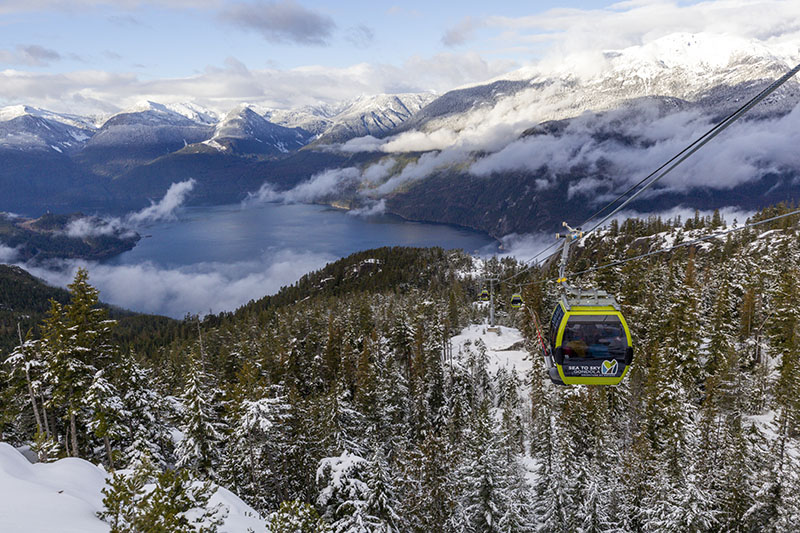
A watershed event in Squamish’s growth as a tourism destination occurred in 2014 with the opening of the Sea to Sky Gondola, which whisks guests 885 vertical metres (2,800 feet) to the Summit Lodge. The 10-minute ascent reveals stunning vistas of the sound, the nearby Stawamus Chief, 335-metre (1,099-foot) Shannon Falls, and the surrounding Coast Mountains. Visitors can enjoy hot and cold drinks or casual dining while taking in the views from the lodge, walk across the Sky Pilot Suspension Bridge, or stroll on some of the area’s well-marked trails. The Summit Lodge is also popular as a wedding venue and hosts many other special events.
The gondola hosts many wintertime activities, both indoor and outdoor. A short walk from the Summit Lodge, guests young and old can enjoy sliding at an old-fashioned tube park on winter weekends (weather permitting). Several winter walking and snowshoe trails also radiate out from the lodge; snowshoes, poles, neo over-boots, and crampon rentals are available. seatoskygondola.com
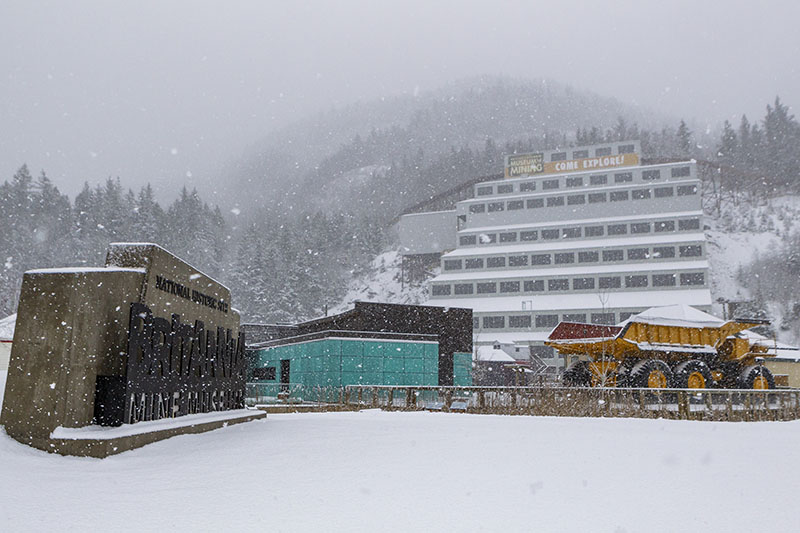
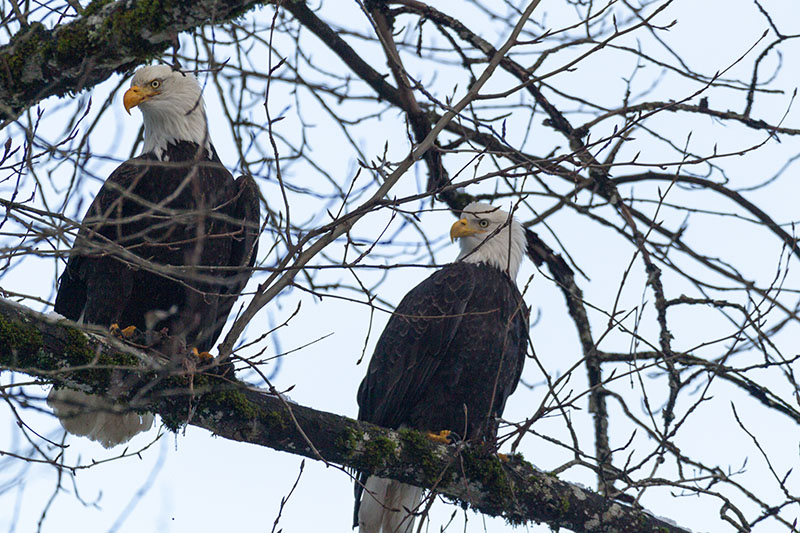
The gondola is just one of many attractions. In Britannia Beach, 11 kilometres south of Squamish, the Britannia Mine Museum offers visitors a chance to pan for gold or take a trip on an underground mine train at what was once the most productive copper mine in the British Empire. The award-winning multimedia “Boom!” presentation, opened in 2019, offers a fun, 11-minute glimpse into the workings of the Britannia Mine’s historic Mill No. 3.
In the TerraLab, guests can explore the history of human mineral exploration and extraction and learn about the latest research and practices that aim to reduce the impacts of humanity’s need for resources on the environment. britanniaminemuseum.ca
The Railway Museum of British Columbia (formerly the West Coast Railway Heritage Park) is a great place for history and train buffs of all ages. It features vintage and restored rail cars and the historic Royal Hudson locomotive. wcra.org
Brackendale, the northernmost of Squamish’s neighbourhoods, is known as the winter home of the bald eagle. From November to March, hundreds (sometimes thousands) of the majestic birds descend on Brackendale to dine on the abundant salmon that spawn in the Cheakamus and Squamish river systems. Visit the dike across the Squamish River from Brackendale Eagles Provincial Park to view eagles up close. For the best viewing, bring binoculars. exploresquamish.com/explore/eagle-viewing
The number and variety of Squamish-based craft breweries, distilleries, cider makers and the like continue to grow, and the community features an excellent selection of eateries.
For more information about all Squamish has to offer, visit the Squamish Adventure Centre just off Highway 99 or exploresquamish.com.
